Anish Kapoor on myth, meaning and melancholia
British-Indian sculptor Anish Kapoor gets confessional for a new documentary, Under the Skin
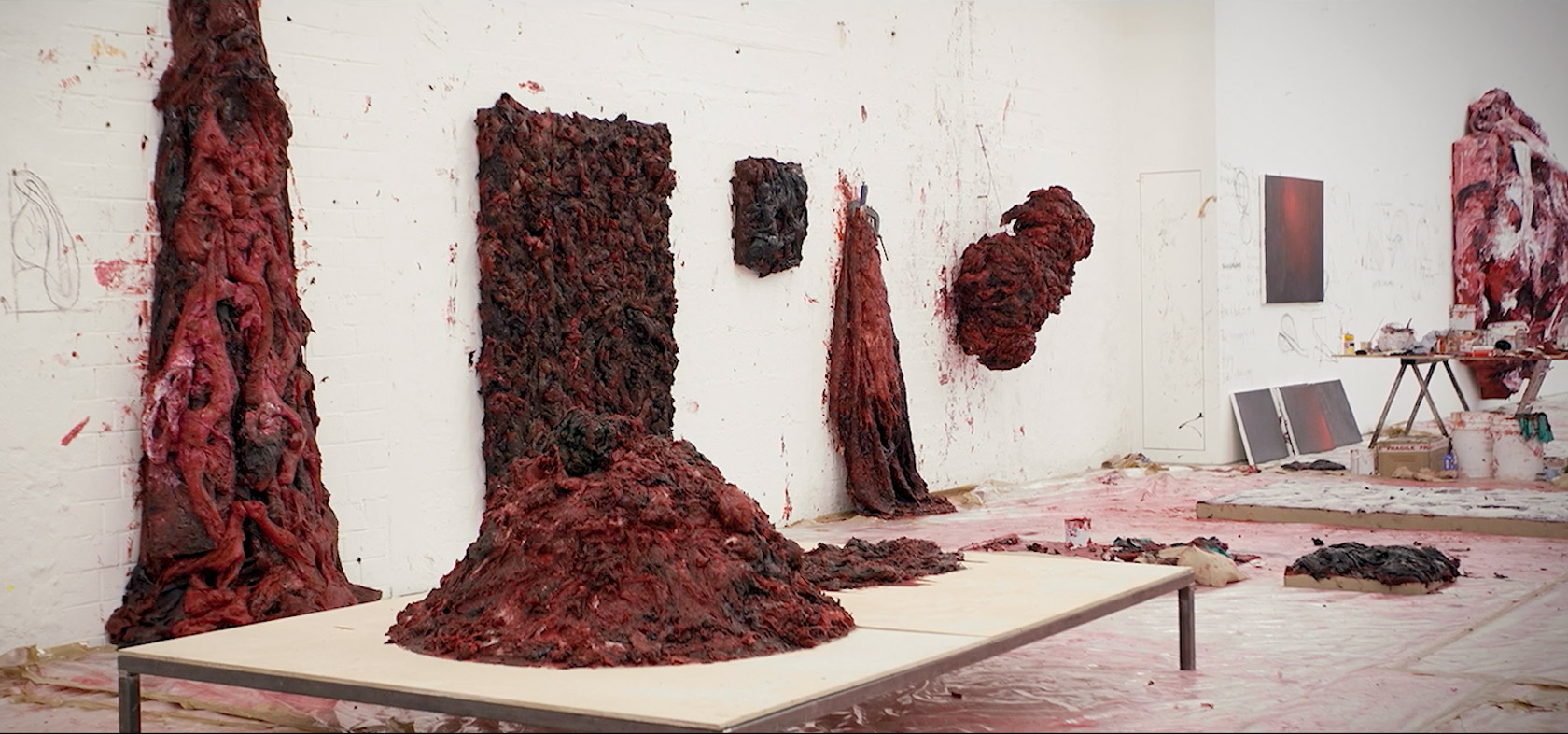
‘It isn’t just what you see, there’s a lot of unseen,’ says Anish Kapoor in Under the Skin, his new documentary directed by Martina Margaux Cozzi. He is referring to the city of Rome, with its multiple layers of history that reveal themselves upon careful examination, but he could also well be talking about his own artistic output.
Filmed in 2016 as Kapoor prepared for a solo exhibition at the Museo d’Arte Contemporanea Roma (Macro), the documentary has the artist reflecting on diverse themes including physical and psychological space, the role of the viewer, the merits of repetition and ritual, and of course, the colour red (‘incredibly alive, while speaking to a darkness that we know about ourselves’). Though pitched as ‘a conversation with Anish Kapoor’, the questioner’s voice is absent throughout. All we hear is Kapoor’s unguarded, confessional musings, offering hitherto unseen insights into his creative universe.

Sculptor and installation artist Anish Kapoor, as seen in the new documentary Under the Skin, directed by Martina Margaux Cozzi
The discussion of Rome not only gives geographical context to the documentary, but also segues into the ways in which Kapoor’s work responds to the artistic tradition. He discusses the myth of Marsyas, the satyr who challenged Apollo to a musical duel, lost, and was flayed as punishment. The story is famously portrayed in Titian’s The Flaying of Marsyas, painted in the 1570s. ‘A horrific image, the removal of the skin, the inside becoming the outside,’ describes Kapoor. His own takeover of the Tate Modern Turbine Hall in 2003 was similarly titled Marsyas: three giant steel rings joined together by a dark red PVC membrane, ‘stretched like a skin’.
Beyond mythological allusions, though, Kapoor prefers to avoid prescriptive readings of his work. He acknowledges that it may be understood as a critique of culture or war, but ‘that just ties it up in knots and stifles it. I’d much rather it was work about painting itself’. Of his meat paintings – slabs of protruding resin and silicone that bear a discomforting resemblance to flesh – he says, ‘they may be full of red, they may be full of a kind of visceral body thing, there may be melancholia in them, but I don’t think they are saying anything about the condition of pain.’
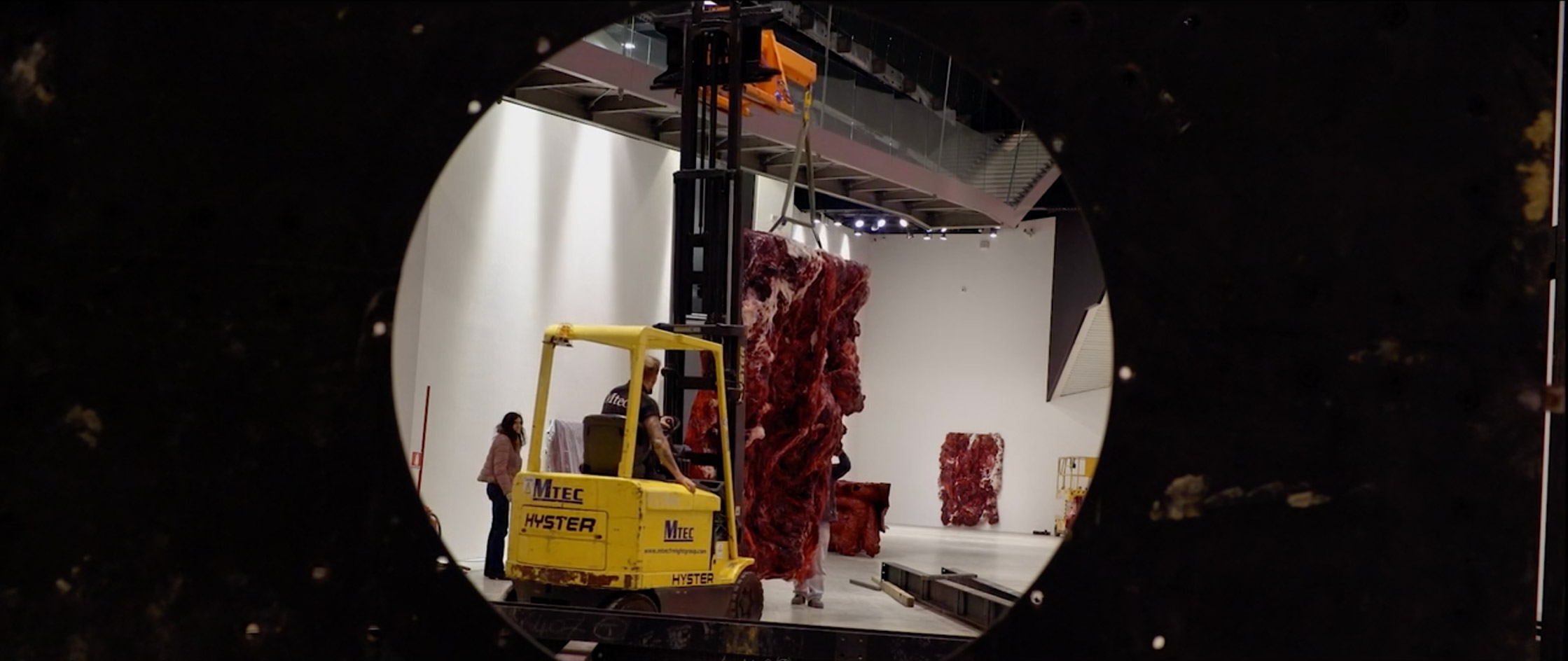
Kapoor's 2016 exhibition at the Museo d'Arte Contemporanea Roma, seen during installation
While the documentary only shows Kapoor in his London Studio – there are clips showing protective suit-clad technicians working on sculptures, and intricate preparatory drawings on the walls, suggesting the complexities of production – and surveying the exhibition at Macro, there is an interlude at the Church of Santo Stefano Rotundo in Rome, with views of its 16th century frescoes portraying scenes of martyrdom. ‘We are, and I somehow include all of us, religious beings, and religion doesn’t necessarily have to be doctrinal. It can also be about a kind of symbolic continuum that life and all its tragedy seems to keep throwing up. And art finds ways of pointing at that,’ Kapoor narrates, in an introspective moment that lingers in the viewer’s mind long after the documentary is over.
Though only 23 minutes long, the documentary gives a strong measure of the wisdom that has animated Kapoor and made him into one of the preeminent artists of our time. It also makes clear that this elder statesman is far from resting on his laurels. There is plenty of experimentation to come: ‘I think I’m a teenager, and I mean that, especially as an artist. I’m willing to try almost everything.’
Watch a seven-minute excerpt of Under the Skin – In Conversation with Anish Kapoor. Courtesy of Lisson Gallery
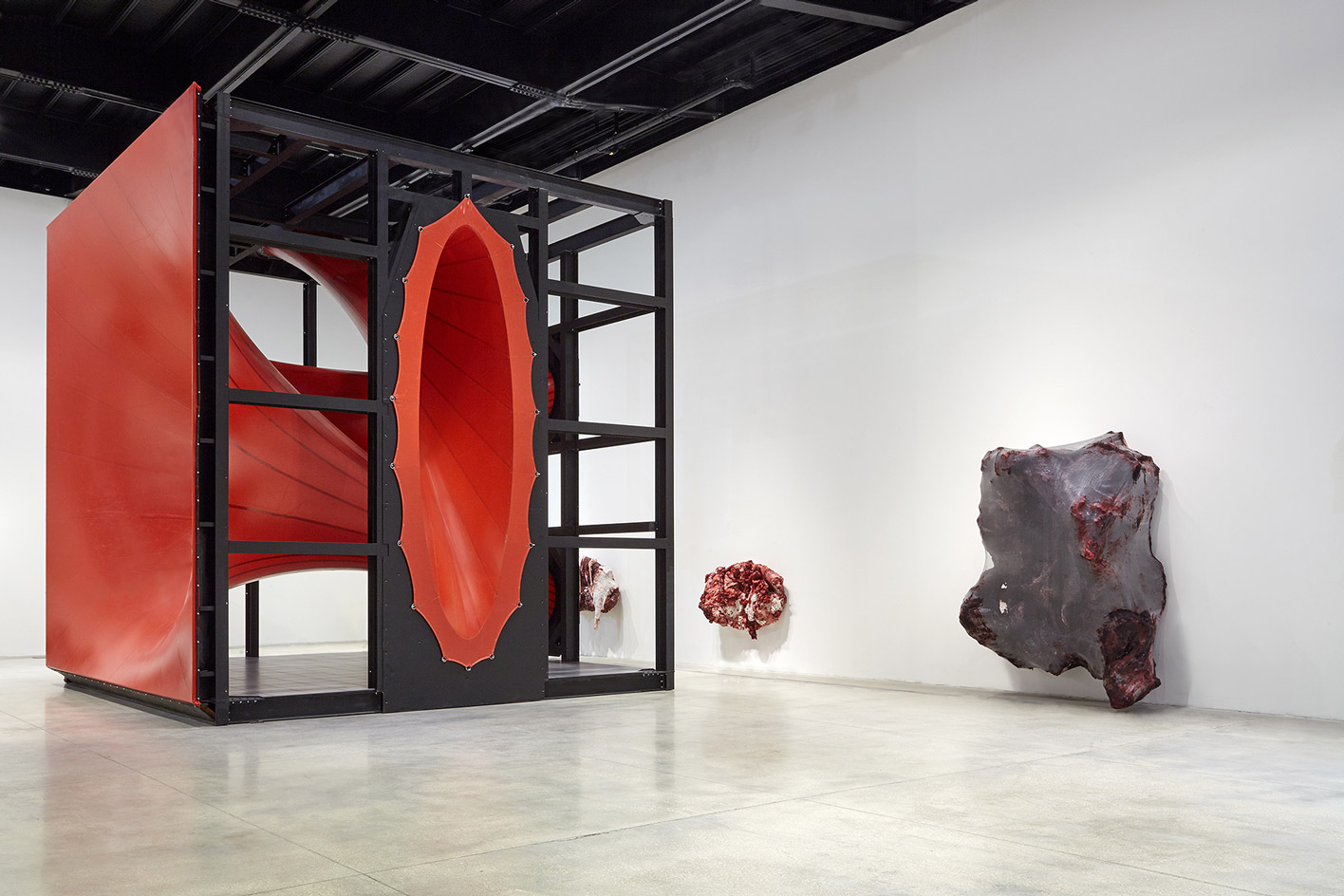
A view of Kapoor's 2016 exhibition at the Museo d'Arte Contemporanea Roma. ©Anish Kapoor. All rights reserved, 2020
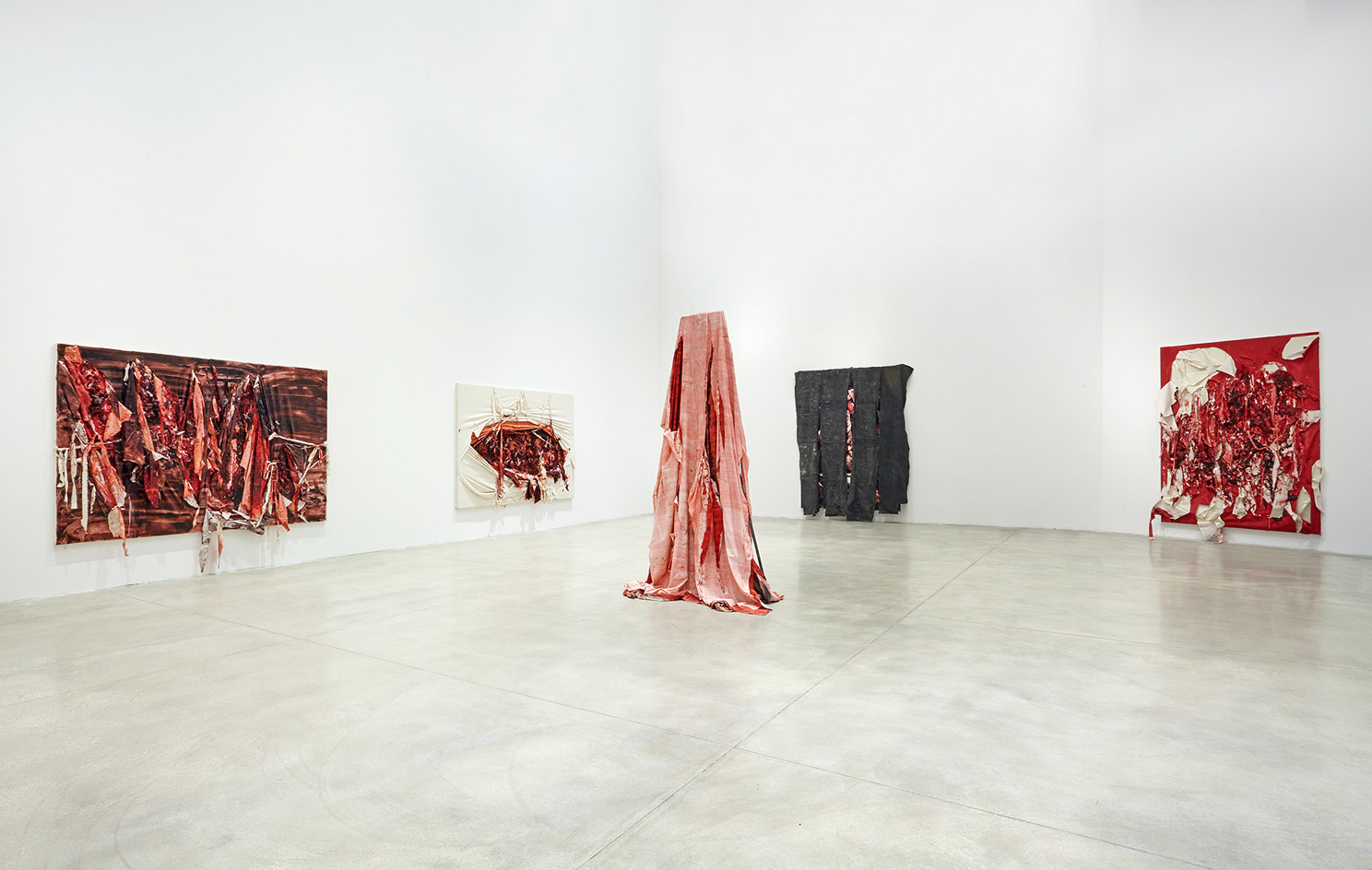
A view of Kapoor's 2016 exhibition at the Museo d'Arte Contemporanea Roma. ©Anish Kapoor. All rights reserved, 2020
INFORMATION
Under the Skin – in conversation with Anish Kapoor is directed by Martina Margaux Cozzi and produced by NSPRD, part of The Aimes and Petite Maison Production. It will have its official release at the Fine Art Film Festival in Venice, California from 8–14 June. veniceica.org
Kapoor showed at the Museo d’Arte Contemporanea Roma from 17 December 2016 to 17 April 2017. anishkapoor.com
Wallpaper* Newsletter
Receive our daily digest of inspiration, escapism and design stories from around the world direct to your inbox.
TF Chan is a former editor of Wallpaper* (2020-23), where he was responsible for the monthly print magazine, planning, commissioning, editing and writing long-lead content across all pillars. He also played a leading role in multi-channel editorial franchises, such as Wallpaper’s annual Design Awards, Guest Editor takeovers and Next Generation series. He aims to create world-class, visually-driven content while championing diversity, international representation and social impact. TF joined Wallpaper* as an intern in January 2013, and served as its commissioning editor from 2017-20, winning a 30 under 30 New Talent Award from the Professional Publishers’ Association. Born and raised in Hong Kong, he holds an undergraduate degree in history from Princeton University.
-
 Warp Records announces its first event in over a decade at the Barbican
Warp Records announces its first event in over a decade at the Barbican‘A Warp Happening,' landing 14 June, is guaranteed to be an epic day out
By Tianna Williams
-
 Cure your ‘beauty burnout’ with Kindred Black’s artisanal glassware
Cure your ‘beauty burnout’ with Kindred Black’s artisanal glasswareDoes a cure for ‘beauty burnout’ lie in bespoke design? The founders of Kindred Black think so. Here, they talk Wallpaper* through the brand’s latest made-to-order venture
By India Birgitta Jarvis
-
 The UK AIDS Memorial Quilt will be shown at Tate Modern
The UK AIDS Memorial Quilt will be shown at Tate ModernThe 42-panel quilt, which commemorates those affected by HIV and AIDS, will be displayed in Tate Modern’s Turbine Hall in June 2025
By Anna Solomon
-
 Inside Jack Whitten’s contribution to American contemporary art
Inside Jack Whitten’s contribution to American contemporary artAs Jack Whitten exhibition ‘Speedchaser’ opens at Hauser & Wirth, London, and before a major retrospective at MoMA opens next year, we explore the American artist's impact
By Finn Blythe
-
 Frieze Sculpture takes over Regent’s Park
Frieze Sculpture takes over Regent’s ParkTwenty-two international artists turn the English gardens into a dream-like landscape and remind us of our inextricable connection to the natural world
By Smilian Cibic
-
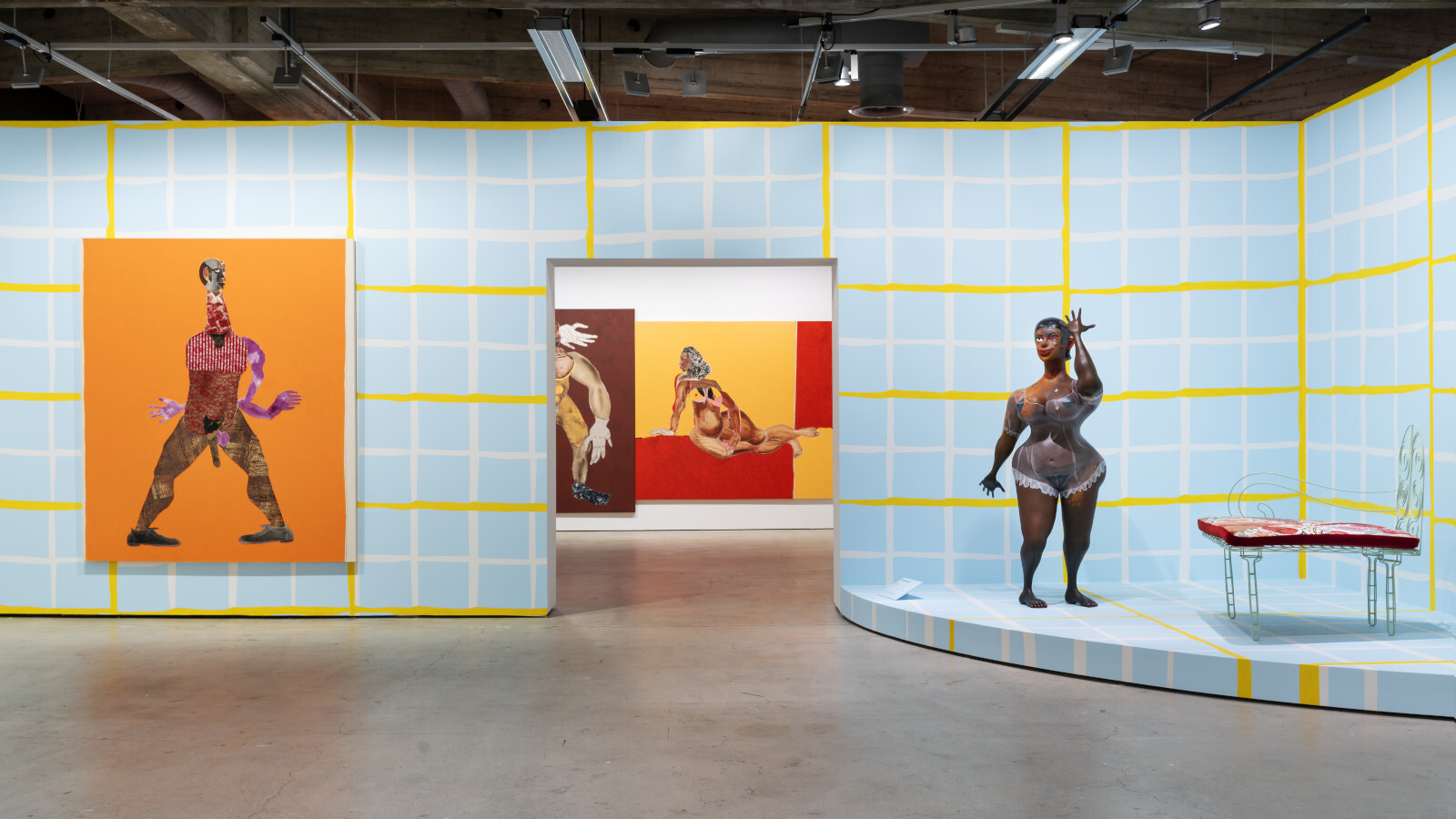 Harlem-born artist Tschabalala Self’s colourful ode to the landscape of her childhood
Harlem-born artist Tschabalala Self’s colourful ode to the landscape of her childhoodTschabalala Self’s new show at Finland's Espoo Museum of Modern Art evokes memories of her upbringing, in vibrant multi-dimensional vignettes
By Millen Brown-Ewens
-
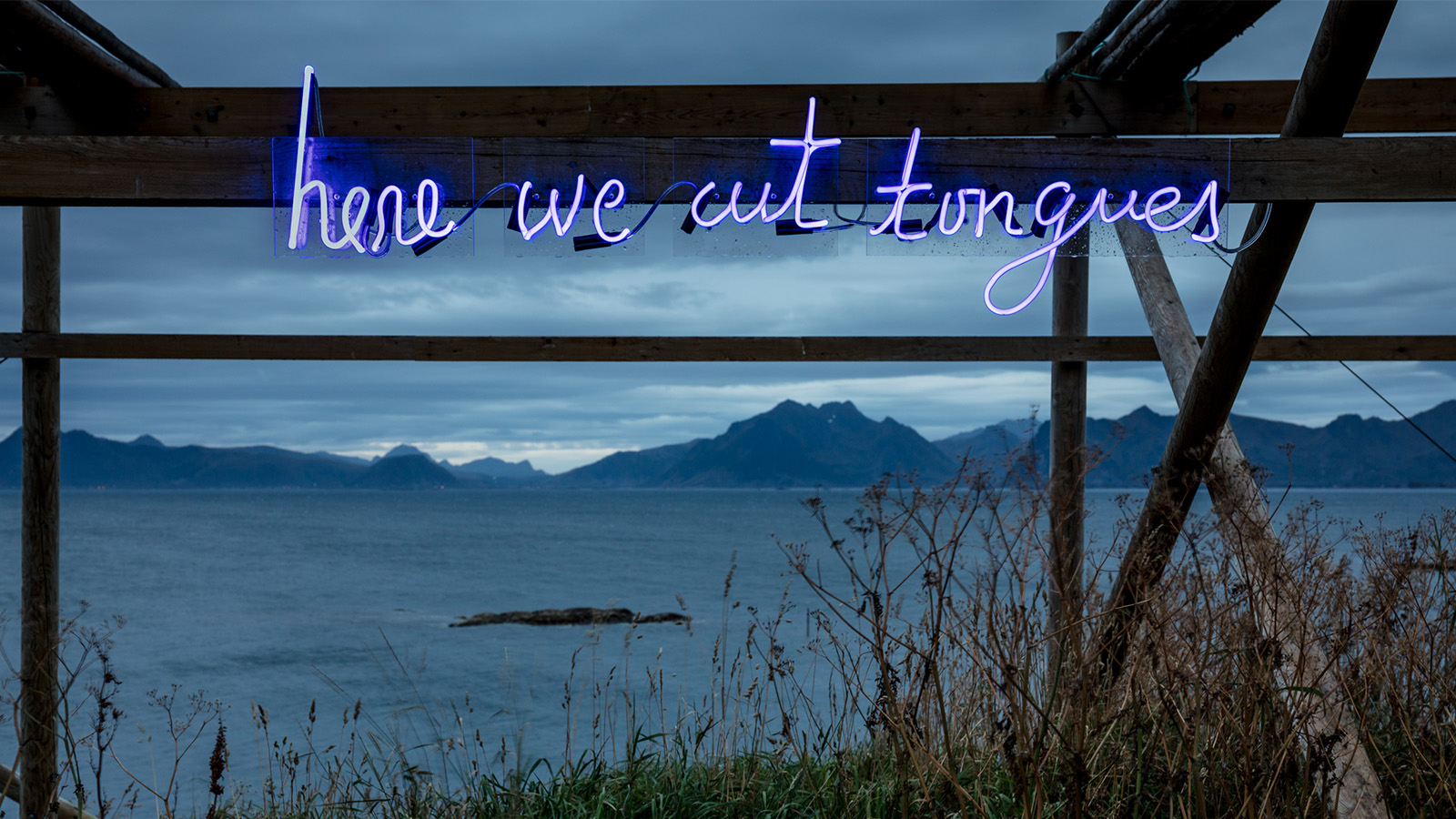 Wanås Konst sculpture park merges art and nature in Sweden
Wanås Konst sculpture park merges art and nature in SwedenWanås Konst’s latest exhibition, 'The Ocean in the Forest', unites land and sea with watery-inspired art in the park’s woodland setting
By Alice Godwin
-
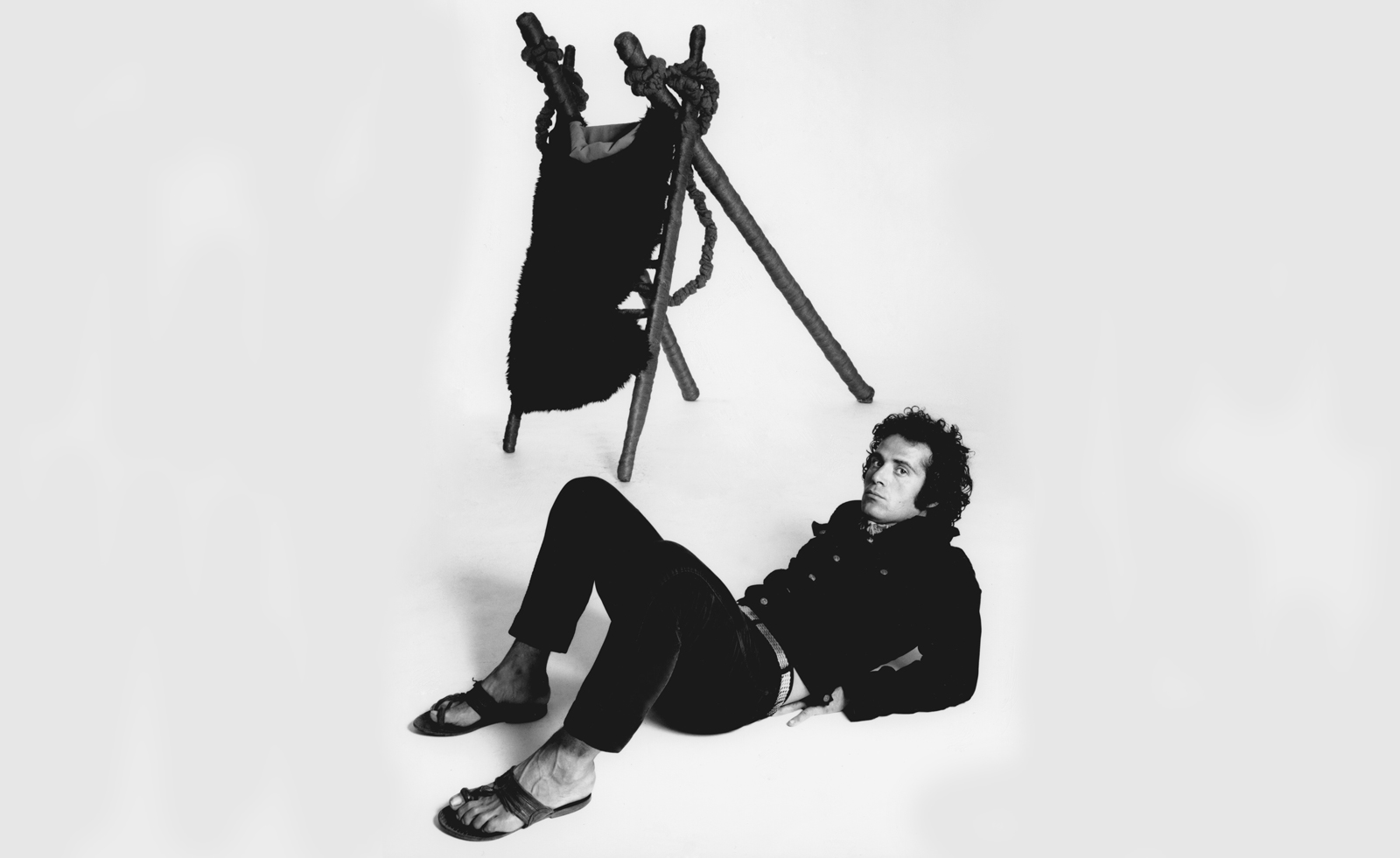 Pino Pascali’s brief and brilliant life celebrated at Fondazione Prada
Pino Pascali’s brief and brilliant life celebrated at Fondazione PradaMilan’s Fondazione Prada honours Italian artist Pino Pascali, dedicating four of its expansive main show spaces to an exhibition of his work
By Kasia Maciejowska
-
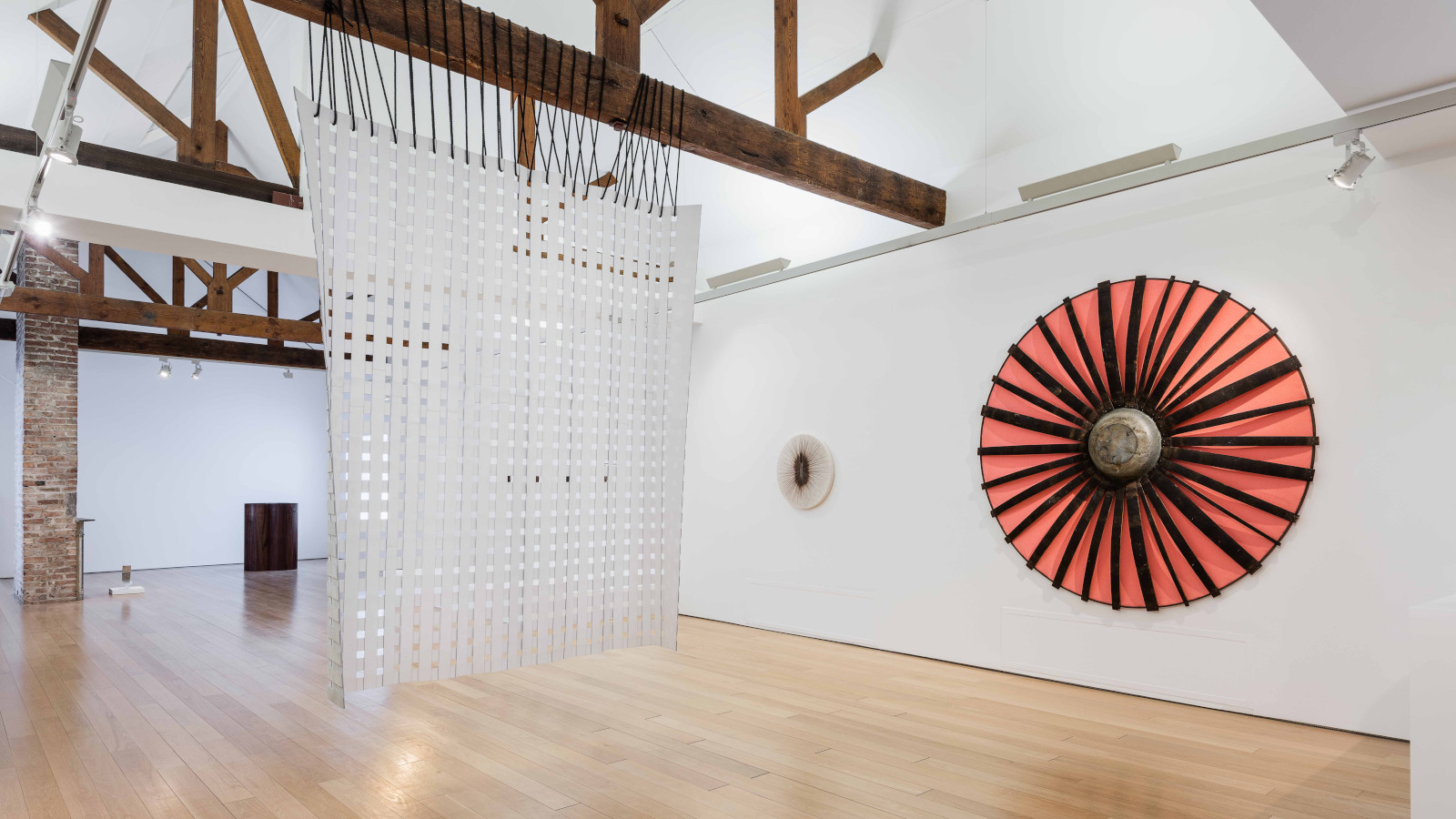 John Cage’s ‘now moments’ inspire Lismore Castle Arts’ group show
John Cage’s ‘now moments’ inspire Lismore Castle Arts’ group showLismore Castle Arts’ ‘Each now, is the time, the space’ takes its title from John Cage, and sees four artists embrace the moment through sculpture and found objects
By Amah-Rose Abrams
-
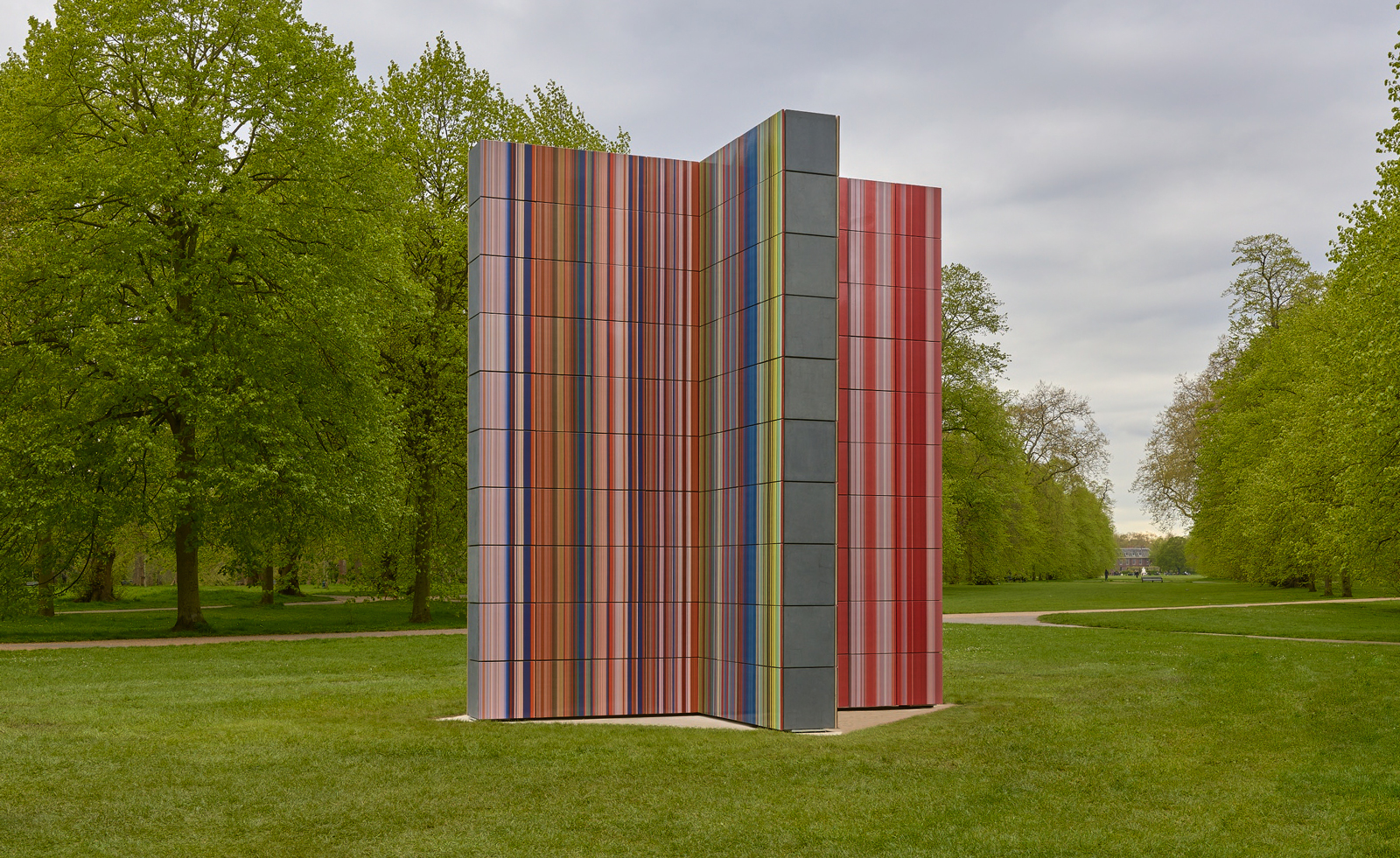 Gerhard Richter unveils new sculpture at Serpentine South
Gerhard Richter unveils new sculpture at Serpentine SouthGerhard Richter revisits themes of pattern and repetition in ‘Strip-Tower’ at London’s Serpentine South
By Hannah Silver
-
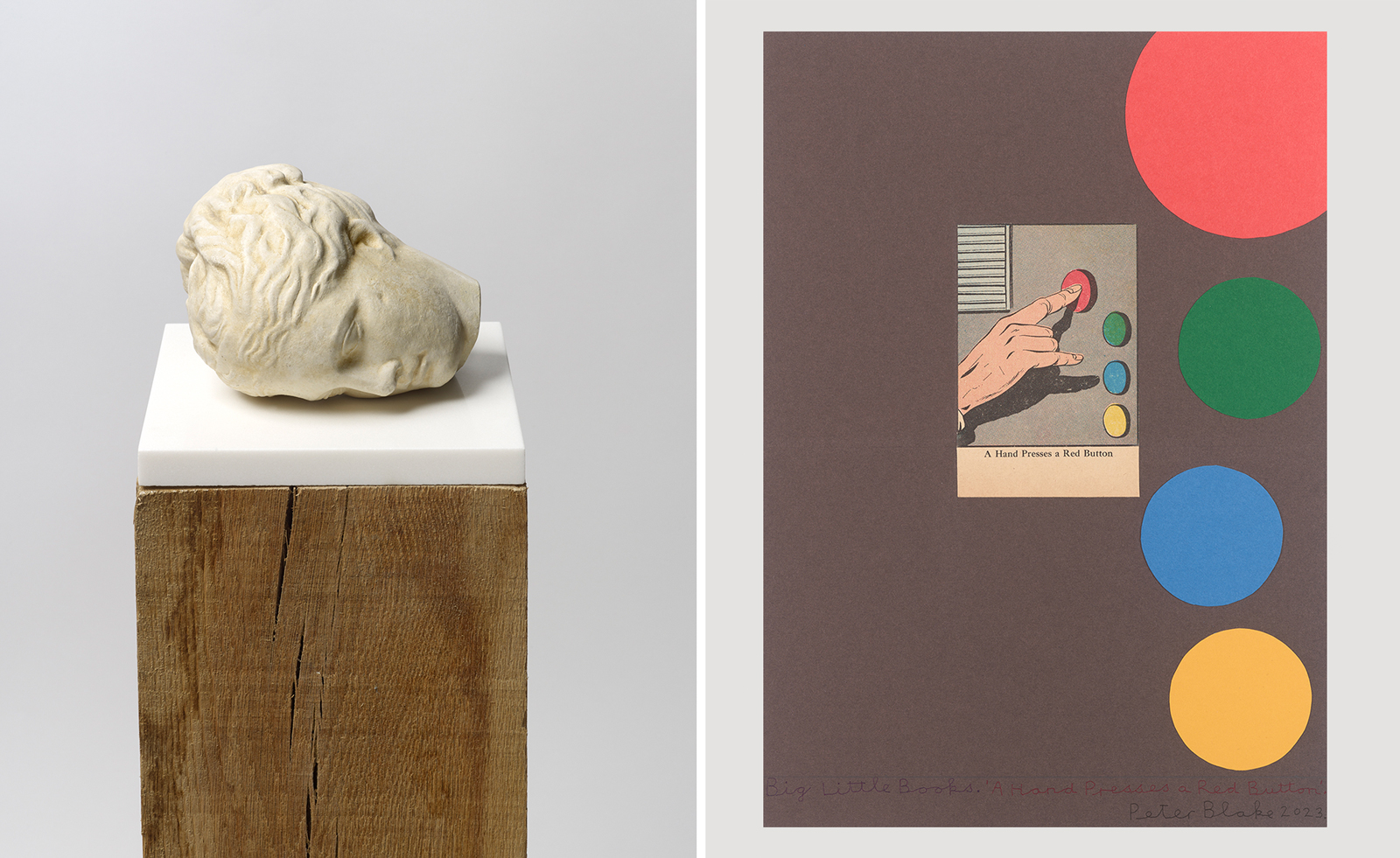 Peter Blake’s sculptures spark joy at Waddington Custot in London
Peter Blake’s sculptures spark joy at Waddington Custot in London‘Peter Blake: Sculpture and Other Matters’, at London's Waddington Custot, spans six decades of the artist's career
By Hannah Silver